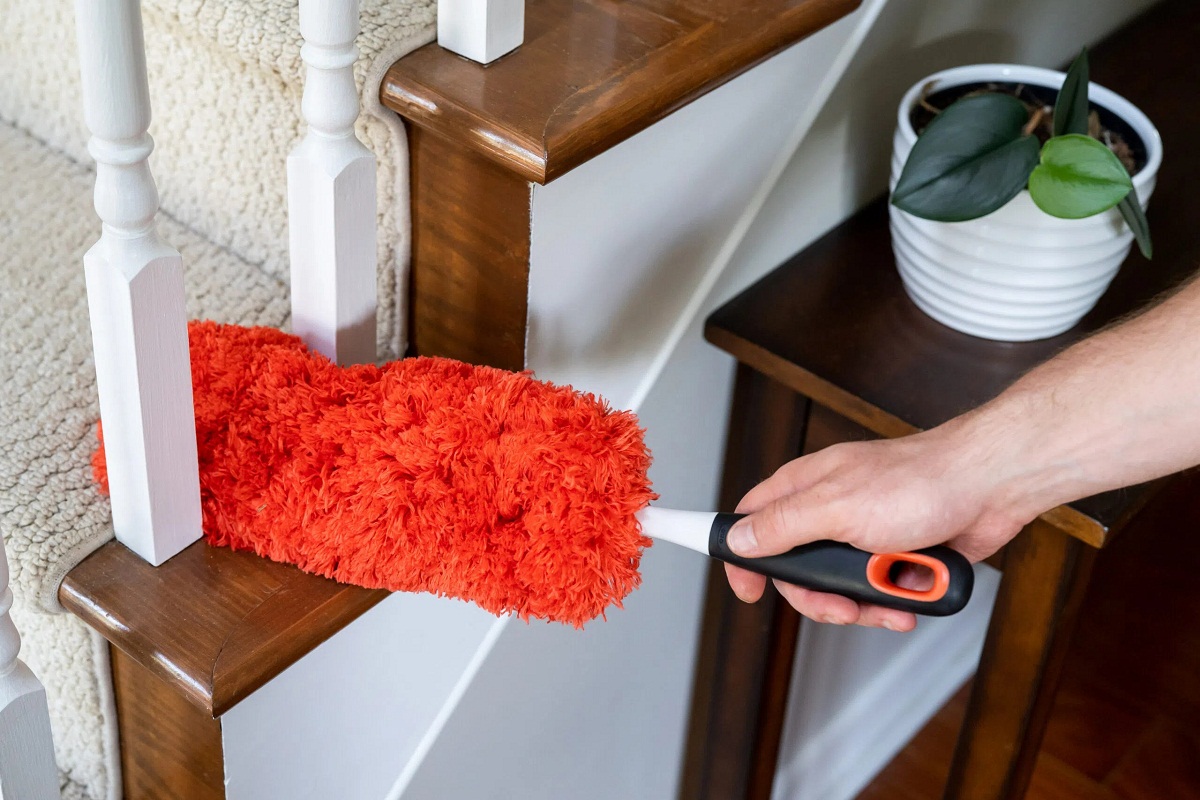

Articles
What Is The Best Duster For Cleaning
Modified: February 24, 2024
Discover the top-rated articles on the best duster for cleaning, and find the perfect solution to keep your space dust-free.
(Many of the links in this article redirect to a specific reviewed product. Your purchase of these products through affiliate links helps to generate commission for Storables.com, at no extra cost. Learn more)
Introduction
Welcome to the world of dusting! Keeping our homes clean and dust-free can sometimes feel like an endless battle. However, having the right tools and equipment can make this task much more manageable. One essential tool that every homeowner should have in their cleaning arsenal is a duster.
A duster is designed to efficiently remove dust and debris from surfaces, such as furniture, shelves, and blinds. While it may seem like a simple tool, choosing the right duster for your cleaning needs can make a significant difference in the effectiveness of your dusting routine.
In this article, we will explore the various factors to consider when choosing a duster, as well as different types of dusters available in the market today. By understanding the features and benefits of each type, you’ll be equipped with the knowledge to select the best duster for your cleaning needs.
So, let’s dive in and discover the world of dusters!
Key Takeaways:
- Choose the Right Duster for a Dust-Free Home
Consider factors like surface compatibility, ease of use, and dust trapping ability when selecting a duster. Microfiber dusters offer efficiency and versatility, while feather dusters provide a classic, gentle approach to dusting delicate surfaces. - Specialized Dusters for Unique Cleaning Challenges
Specialty dusters, such as ceiling fan dusters and aquatic dusters, offer targeted solutions for specific cleaning needs. Consider the design, features, and materials of the duster to ensure it is suitable for the task at hand.
Read more: How To Clean A Duster
Factors to Consider When Choosing a Duster
Before diving into the different types of dusters available, it’s important to understand the key factors to consider when making your selection. By keeping these factors in mind, you can ensure that you choose a duster that will effectively meet your cleaning needs:
- Surface Compatibility: Consider the surfaces you will be dusting. Different dusters may be more suitable for specific surfaces. For example, delicate surfaces such as antiques or electronics may require a gentler duster, while more durable surfaces like furniture may benefit from a more robust duster.
- Size and Reach: Evaluate the size and reach of the duster. Will it be able to access hard-to-reach areas, such as high ceilings or narrow spaces? Opt for a duster with an extendable handle or a flexible design to ensure versatility in your cleaning routine.
- Ease of Use: Look for a duster that is ergonomically designed and easy to handle. A comfortable grip and lightweight construction can make your dusting task less tiring and more efficient.
- Dust Trapping Ability: Consider the duster’s ability to trap and hold dust effectively. Look for dusters made from materials like microfiber, which have an electrostatic charge that attracts and retains dust particles.
- Maintenance: Evaluate the duster’s maintenance requirements. Are the cleaning instructions simple and easy to follow? Avoid dusters that require frequent replacement or complicated cleaning processes.
- Durability: Invest in a high-quality duster that will withstand frequent use. Look for dusters made from durable materials and reinforced seams.
By considering these factors, you can narrow down your options and find a duster that matches your cleaning preferences and needs. Now that we’ve covered the factors to consider let’s explore the different types of dusters available in the market.
Microfiber Dusters
Microfiber dusters have gained immense popularity in recent years, and for good reason. Made from a synthetic blend of polyester and nylon, microfiber dusters are known for their exceptional dust trapping abilities.
The tiny, densely packed fibers of a microfiber duster create an electrostatic charge that attracts and holds onto dust particles, making them a highly efficient option for dusting. The fibers are designed to capture even the smallest particles, ensuring a thorough clean.
Microfiber dusters are also versatile and gentle on surfaces. The soft fibers are gentle enough to use on delicate surfaces without causing scratches or damage. They can be used on various surfaces, including furniture, electronics, and blinds.
Another advantage of microfiber dusters is that they are reusable and easy to clean. Simply shake off the collected dust or wash the duster in warm water with mild detergent. However, avoid using fabric softeners or bleach, as they can weaken the fibers.
With ergonomic handles and extendable designs, microfiber dusters offer ease of use and reach for those hard-to-access areas. They are lightweight, making them comfortable to hold and maneuver during your cleaning tasks.
If you prefer a multi-purpose option, consider a microfiber duster with a removable microfiber cloth. This allows you to easily switch between a handheld duster and a cloth for wiping down surfaces.
Microfiber dusters are an excellent choice for anyone looking for efficiency, versatility, and ease of use in their cleaning routine. Their high dust-trapping ability and gentle touch make them a top contender in the world of dusters.
Feather Dusters
Feather dusters have been a classic choice for dusting for many years. These dusters are made with natural feathers, most commonly ostrich or turkey feathers, attached to a handle.
Feather dusters are renowned for their ability to attract and trap dust particles on the feathers’ static charge. As you run the feathers over surfaces, the fine bristles create a static charge that attracts dust like a magnet.
One of the advantages of feather dusters is their softness and flexibility, making them ideal for delicate surfaces. They can gently remove dust from intricate objects, such as decorative items or fragile antiques, without causing any scratches or damage.
Feather dusters are also lightweight and easy to use. The handle allows for a comfortable grip while the fluffy feathers provide a wide coverage area, making dusting larger surfaces quick and efficient.
However, it’s important to note that feather dusters do not actually remove or trap dust; they simply move it around. This means that the dust particles can resettle on surfaces or become airborne again, which may not be ideal for those with allergies or respiratory sensitivities.
To maintain the effectiveness of a feather duster, it is recommended to give it a gentle shake outside or lightly tap it against a surface to dislodge the dust. While feather dusters are not washable, occasional air-drying in sunlight can help refresh the feathers.
Feather dusters offer a traditional and charming approach to dusting, and they are particularly well-suited for delicate and decorative surfaces in your home. Consider adding a feather duster to your cleaning arsenal if you appreciate the nostalgic and elegant touch they provide.
Lambswool Dusters
Lambswool dusters are another popular option for dusting, known for their softness and effectiveness in attracting and holding onto dust particles.
As its name suggests, lambswool dusters are made from the fine and fluffy wool of lambs. This natural material has a static charge that attracts dust, making it easy to pick up and trap particles on surfaces.
One of the key advantages of lambswool dusters is their gentle touch. The soft and plush texture of the wool allows for safe and scratch-free dusting on delicate surfaces, such as glass, wood, or electronics. Lambswool dusters are particularly popular for dusting intricate and ornate objects, as they can reach into small crevices and corners with ease.
Another noteworthy feature of lambswool dusters is their durability. The natural lanolin in lambswool helps to repel dust, making the duster highly efficient and long-lasting. With proper care and occasional shaking to remove the accumulated dust, a lambswool duster can serve your dusting needs for an extended period of time.
When it comes to cleaning lambswool dusters, it is recommended to use a mild detergent or shampoo specifically designed for wool. Gently hand wash the duster in lukewarm water, rinse thoroughly, and allow it to air dry. Avoid using hot water or harsh chemicals, as they can damage or shrink the wool fibers.
Due to their natural material, lambswool dusters may not be suitable for individuals with wool allergies. It’s important to consider this factor before choosing a lambswool duster for your cleaning routine.
If you’re looking for a gentle and effective option for dusting delicate surfaces, lambswool dusters are an excellent choice. Their softness, durability, and ability to attract and hold onto dust make them a reliable tool in your quest for a dust-free home.
When choosing a duster for cleaning, look for one with microfiber material as it effectively traps dust and dirt without spreading it around. Additionally, consider a duster with an extendable handle for reaching high or hard-to-reach areas.
Read more: How To Clean A Lambswool Duster
Synthetic Dusters
Synthetic dusters offer a versatile and budget-friendly option for dusting. These dusters are typically made from a blend of synthetic materials such as polyester, nylon, or microfiber.
One of the advantages of synthetic dusters is their efficient dust-trapping abilities. The fibers used in synthetic dusters are designed to create an electrostatic charge, attracting and holding onto dust particles. This makes them very effective at picking up and trapping dust on various surfaces.
Another benefit of synthetic dusters is their durability. Unlike natural materials, synthetic fibers withstand regular use and can withstand frequent washing without losing their effectiveness or shape. This makes synthetic dusters a practical choice for those who require a long-lasting and low-maintenance option.
Synthetic dusters are also available in various shapes and sizes to suit different cleaning needs. Some synthetic dusters have a fluffy or brush-like appearance, while others have a flat and sleek design for reaching narrow spaces and crevices. This versatility allows for efficient dusting on different surfaces and objects throughout your home.
Cleaning synthetic dusters is relatively easy. Most synthetic dusters can be hand-washed or machine-washed, depending on the manufacturer’s instructions. After washing, allow the duster to air dry, ensuring it is completely dry before the next use.
While synthetic dusters are affordable and effective, it’s important to note that they may not be as soft or gentle as natural fiber dusters, such as feather or lambswool dusters. This means that they may not be suitable for delicate or easily scratched surfaces. Always test the duster on a small, inconspicuous area before using it on sensitive surfaces.
Synthetic dusters offer a versatile and cost-effective option for keeping your home dust-free. Their dust-trapping abilities, durability, and a range of shapes and sizes make them a popular choice for homeowners seeking a practical and efficient cleaning tool.
Dusting Sprays
Dusting sprays are a convenient and effective way to enhance your dusting routine. These sprays are specially formulated to attract and hold onto dust particles, making them easier to remove from surfaces.
The primary function of dusting sprays is to help temporarily bind dust particles together. When applied to surfaces, the spray creates a thin layer of moisture that attracts and clings to dust, preventing it from becoming airborne and resettling on other surfaces.
One of the advantages of dusting sprays is their ability to provide a longer-lasting dust protection compared to dry dusting methods. The spray can help reduce the amount of dust that accumulates on surfaces, extending the time between cleaning sessions.
Dusting sprays are commonly available in aerosol or pump bottle formats. They often have a light scent, leaving your home smelling fresh and clean after dusting.
When using a dusting spray, it’s important to follow the manufacturer’s instructions for best results. Spray a small amount of the product onto a clean, soft cloth or microfiber duster and gently wipe the surfaces. Avoid spraying the product directly onto electronics or delicate materials.
It’s worth noting that dusting sprays are not suitable for all surfaces. Avoid using them on unfinished wood, waxed surfaces, or surfaces with a matte finish, as the moisture may cause damage or leave streaks.
Additionally, when using dusting sprays, ensure proper ventilation in the area to prevent inhaling excessive amounts of the product. If you have allergies or sensitivities, consider using a dusting spray that is fragrance-free or formulated for sensitive individuals.
Dusting sprays can be a valuable addition to your cleaning routine, providing an extra layer of dust protection and leaving surfaces shining. Their convenience and effectiveness make them a popular choice for those who prefer a quick and hassle-free dusting experience.
Combination Dusters
Combination dusters offer the best of both worlds by combining different materials and features in a single duster. These versatile tools aim to provide a comprehensive approach to dusting, catering to various cleaning needs.
One common type of combination duster is a dual-sided duster, which typically features microfiber on one side and a fluffy material like lambswool or feathers on the other side. This allows you to switch between the softness of natural fibers and the dust-trapping efficiency of microfiber, depending on the surface you are dusting.
Another type of combination duster is a multi-purpose duster that incorporates different attachments or accessories. These may include brushes, crevice tools, or even vacuum attachments. These dusters are designed to provide versatility and allow you to tackle different areas or surfaces with one tool.
The advantage of combination dusters is their ability to adapt to various cleaning situations. Whether you need to gently dust delicate objects with natural fibers or effectively trap dust on larger surfaces with microfiber, a combination duster offers the flexibility to meet your specific needs.
With combination dusters, it’s essential to consider the quality and durability of the materials used. Ensure that both the natural fibers and synthetic materials are of high quality and securely attached to the duster to prevent shedding or damage during use.
When it comes to cleaning combination dusters, refer to the manufacturer’s instructions as they may vary depending on the materials used. Some combination dusters may be machine washable, while others may require hand washing or spot cleaning.
If you prefer a versatile and adaptable approach to dusting, consider investing in a combination duster. These dusters offer the convenience of different materials and attachments in one tool, ensuring that you have the right tool for the job at hand.
Specialty Dusters
Specialty dusters are unique and innovative tools designed to address specific cleaning needs or tackle hard-to-reach areas. These dusters offer specialized features and designs that make them invaluable in certain cleaning situations.
One type of specialty duster is the ceiling fan duster. As the name suggests, this duster is specifically designed to effectively clean ceiling fan blades. It typically features a long handle and a specially shaped head that fits over the fan blades, allowing you to quickly and easily remove dust and debris without spreading it around the room.
Another type of specialty duster is the blind duster. This duster is designed with multiple slim, microfiber fingers or a brush-like design that can fit effortlessly between each blind slat. It allows for efficient and thorough dusting of blinds or shutters, which can be notoriously difficult to clean.
Electrostatic dusters are also considered specialty dusters. These dusters are made from materials with an electrostatic charge, such as lambswool or synthetic fibers. The charge helps attract and hold on to dust particles, resulting in more effective cleaning. Electrostatic dusters are highly efficient when it comes to cleaning delicate objects, intricate surfaces, or electronic devices.
Flexible dusters are another specialty option. These dusters feature a bendable or adjustable handle, allowing you to shape the duster to reach narrow and tight spaces, such as behind furniture, underneath appliances, or in the corners of ceilings. The ability to manipulate the duster’s shape ensures that no area goes untouched during your cleaning routine.
Aquatic dusters are specialized dusters that are designed for wet or damp dusting. These dusters are made from materials that can withstand moisture, such as microfiber or synthetic blends. Using a damp aquatic duster can be effective in picking up and removing stubborn dust or grime on surfaces, providing a deeper cleaning experience.
When selecting a specialty duster, consider the specific cleaning needs you have in your home. Assess the design, features, and materials of the duster to ensure it is suitable for the task at hand. Additionally, follow the manufacturer’s instructions for cleaning and maintenance to maximize the lifespan and effectiveness of the specialty duster.
Specialty dusters offer targeted solutions for unique cleaning challenges. By investing in these specialized tools, you can make your cleaning routine more efficient and thorough, ensuring every nook and cranny is dust-free.
Read more: How To Clean A Cobweb Duster
Conclusion
Choosing the right duster for your cleaning needs is essential for maintaining a clean and dust-free home. With numerous options available, it’s important to consider factors such as surface compatibility, size, ease of use, dust trapping ability, maintenance, and durability when making your selection.
Microfiber dusters are a popular choice due to their excellent dust-trapping abilities and versatility. They are gentle on surfaces, easy to clean, and can reach hard-to-access areas. Feather dusters, on the other hand, offer a classic and soft approach to dusting delicate surfaces, but they may not effectively trap dust and can cause it to become airborne again.
Lambswool dusters provide a gentle touch and superior dust-trapping capabilities, making them ideal for delicate and decorative surfaces. Synthetic dusters offer efficiency and durability, making them a practical and cost-effective option for general dusting.
Dusting sprays provide an added layer of dust protection and can be effective in reducing the frequency of cleaning. Combination dusters cater to different cleaning needs, combining the benefits of different materials and attachments in a single tool. Specialty dusters are designed for specific cleaning challenges, such as ceiling fans, blinds, or hard-to-reach areas.
Ultimately, the best duster for you will depend on your specific cleaning requirements and personal preferences. Consider the surfaces you need to dust, the level of dust in your home, and the convenience factors that matter to you.
Remember to follow the manufacturer’s instructions for cleaning and maintenance to ensure the longevity and optimal performance of your chosen duster. Regularly dusting your home with an appropriate duster will not only keep it clean and hygienic but also help to reduce allergens and create a more comfortable living environment.
So, equip yourself with the right duster and say goodbye to dust and debris, making your home cleaner and more enjoyable for you and your family.
Frequently Asked Questions about What Is The Best Duster For Cleaning
Was this page helpful?
At Storables.com, we guarantee accurate and reliable information. Our content, validated by Expert Board Contributors, is crafted following stringent Editorial Policies. We're committed to providing you with well-researched, expert-backed insights for all your informational needs.
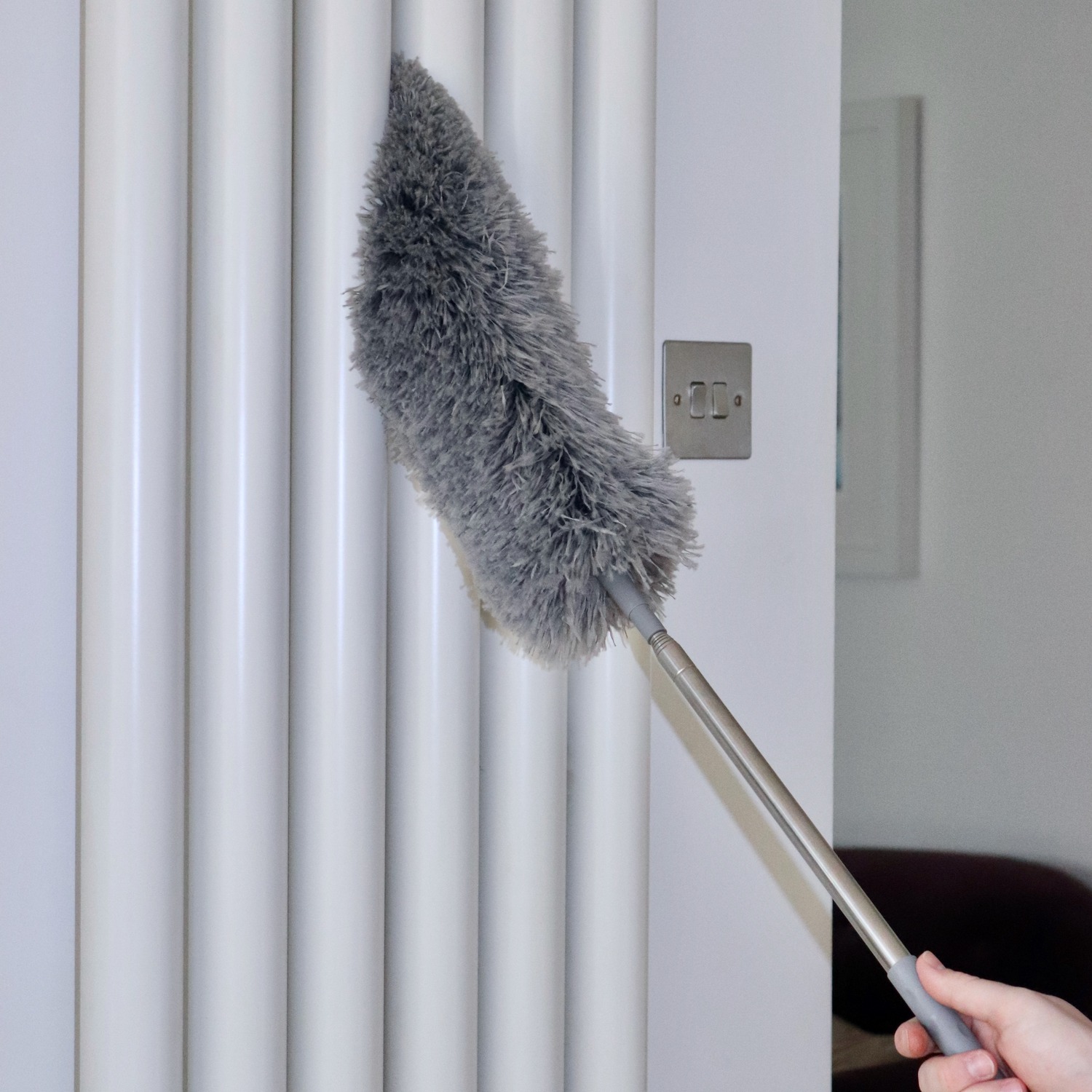
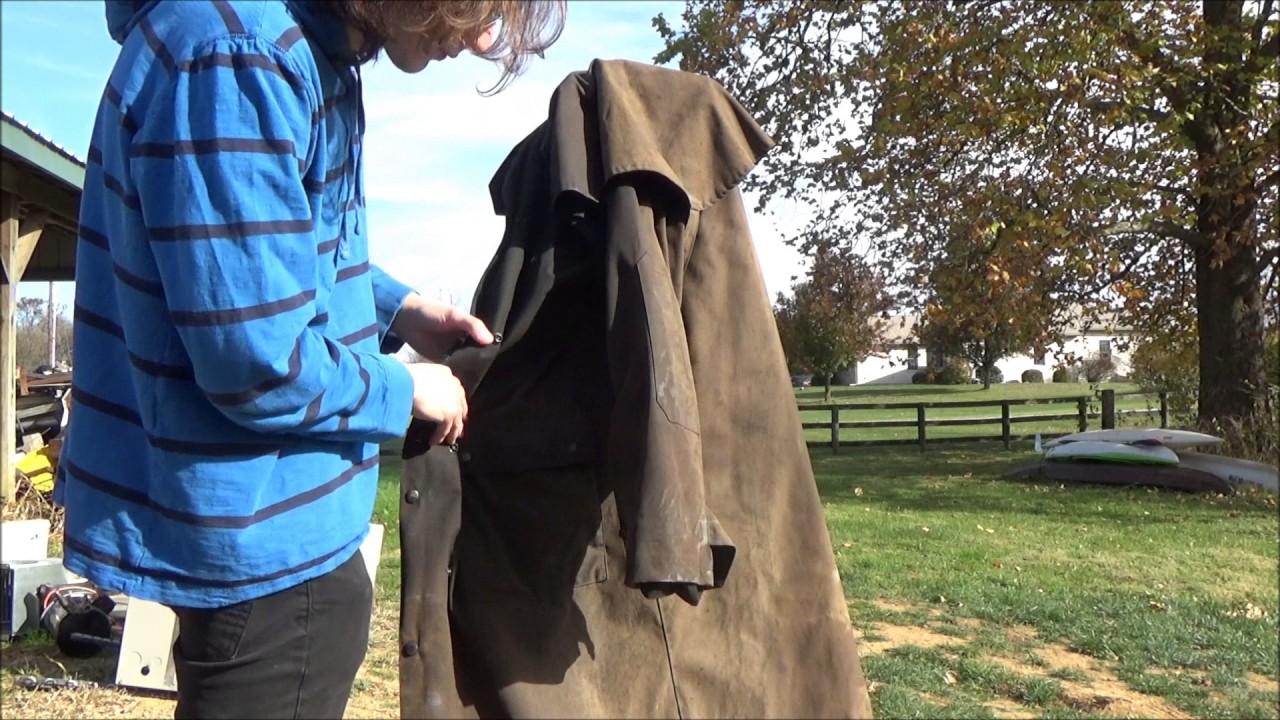

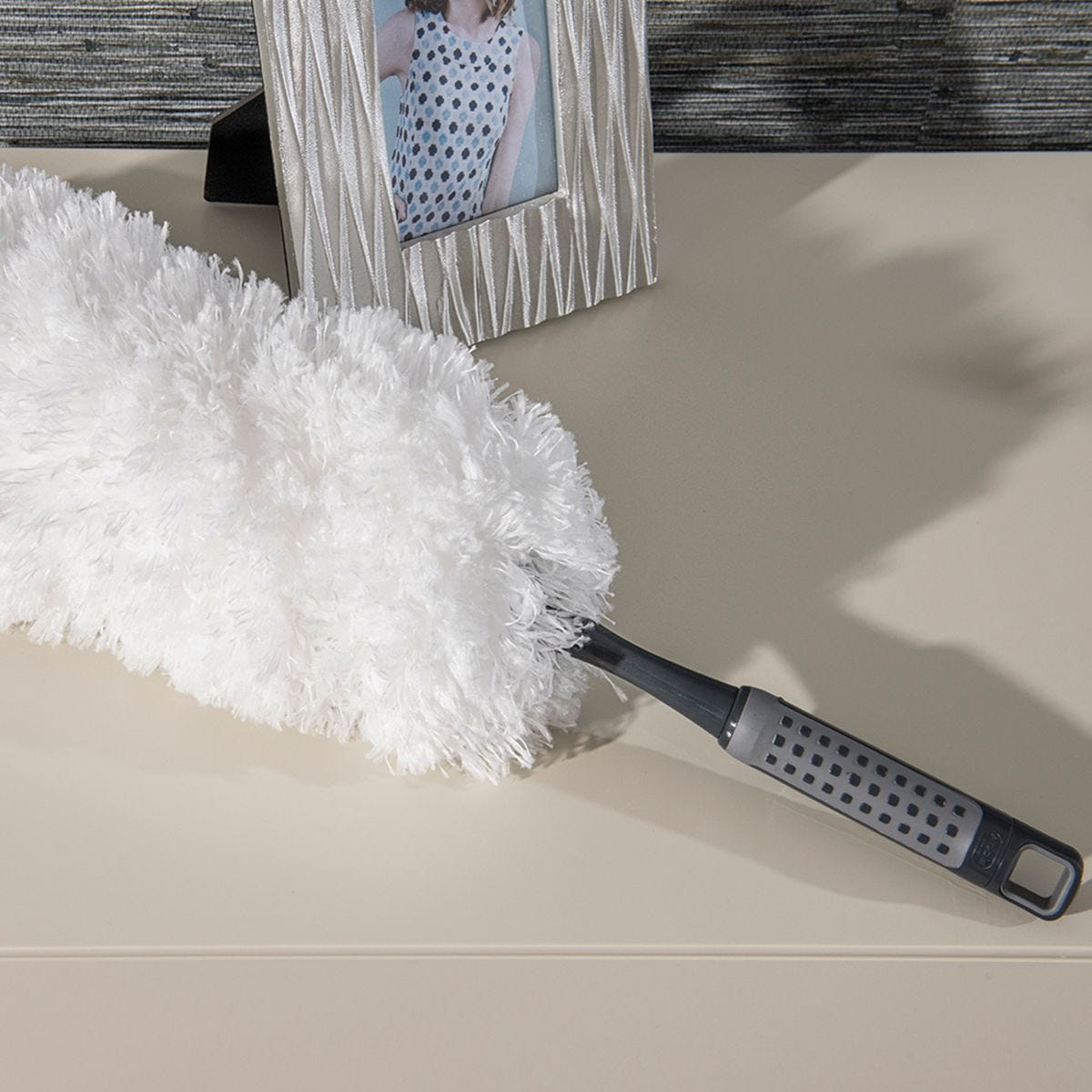
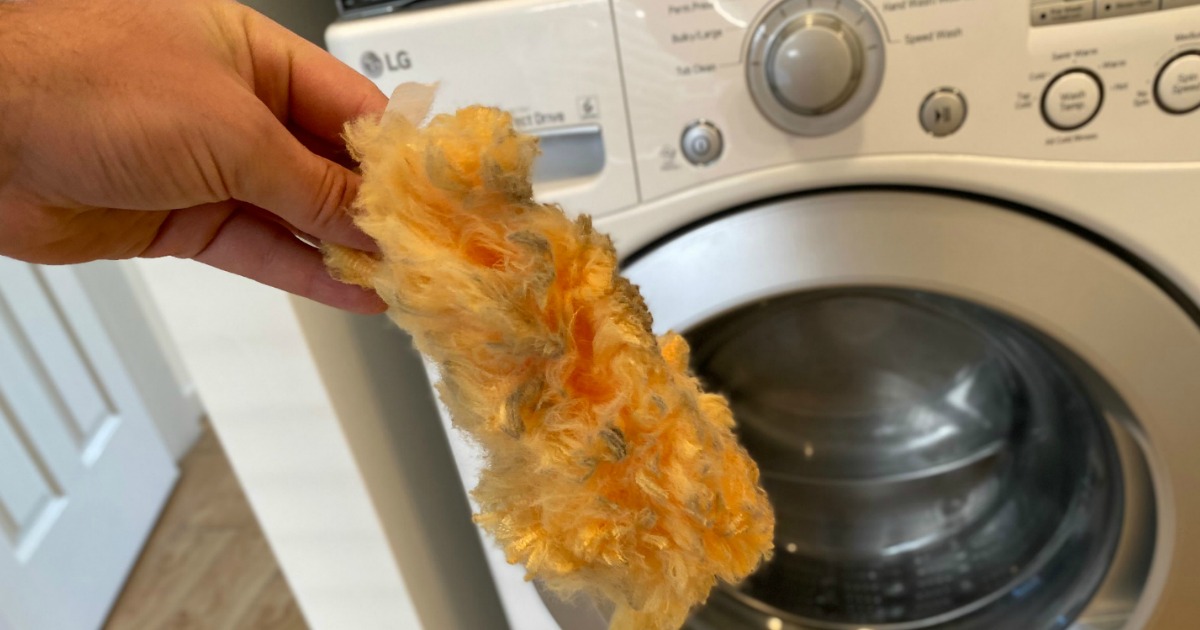
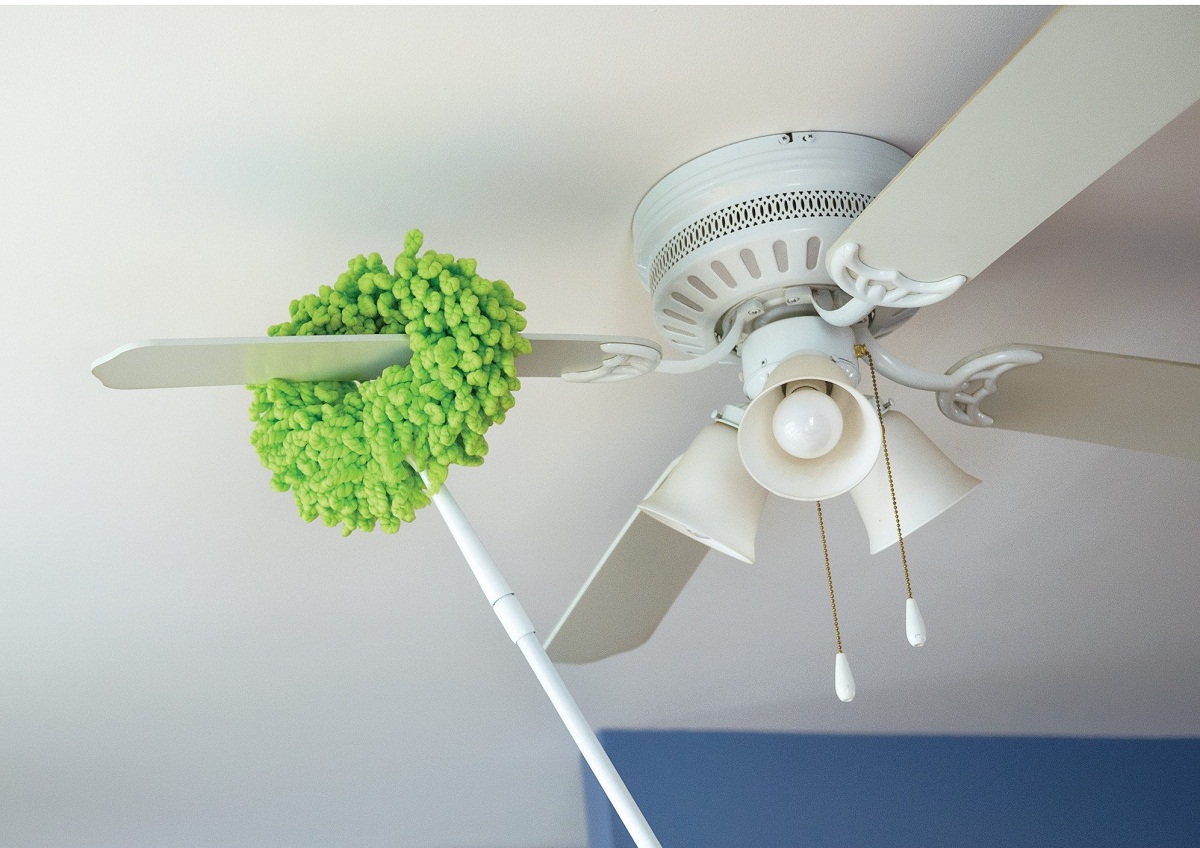
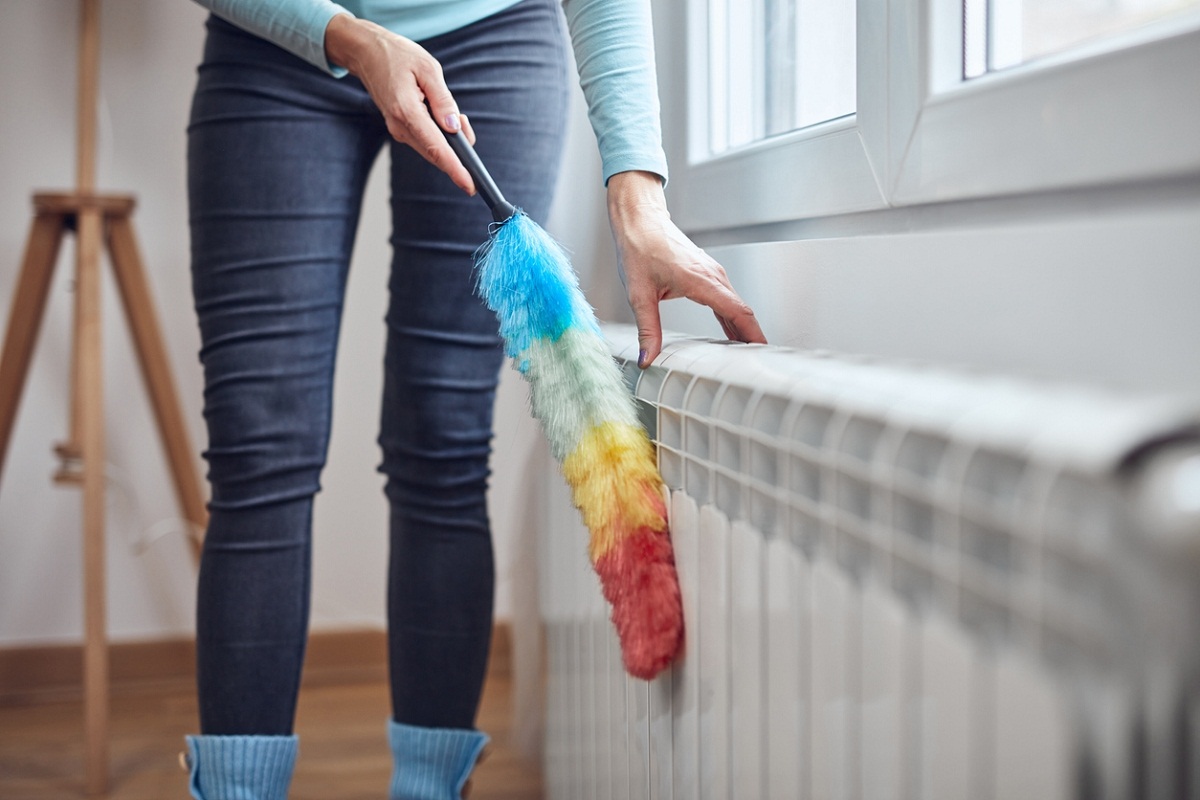
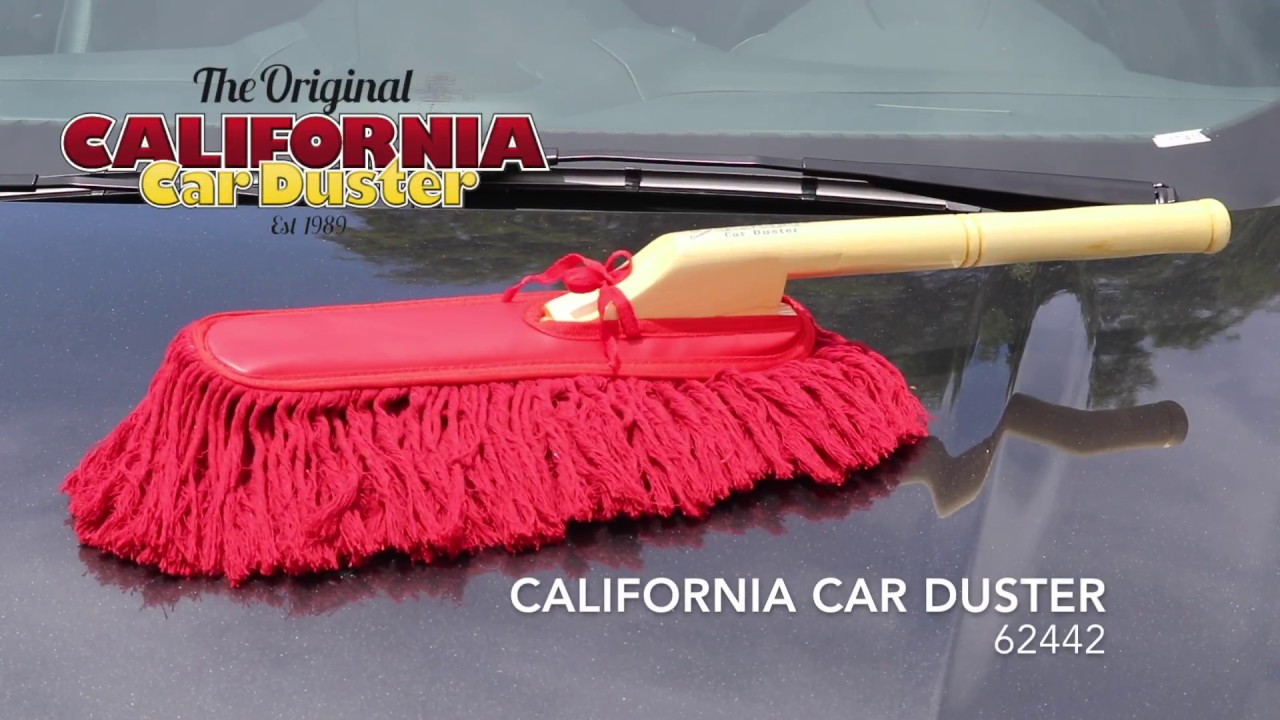
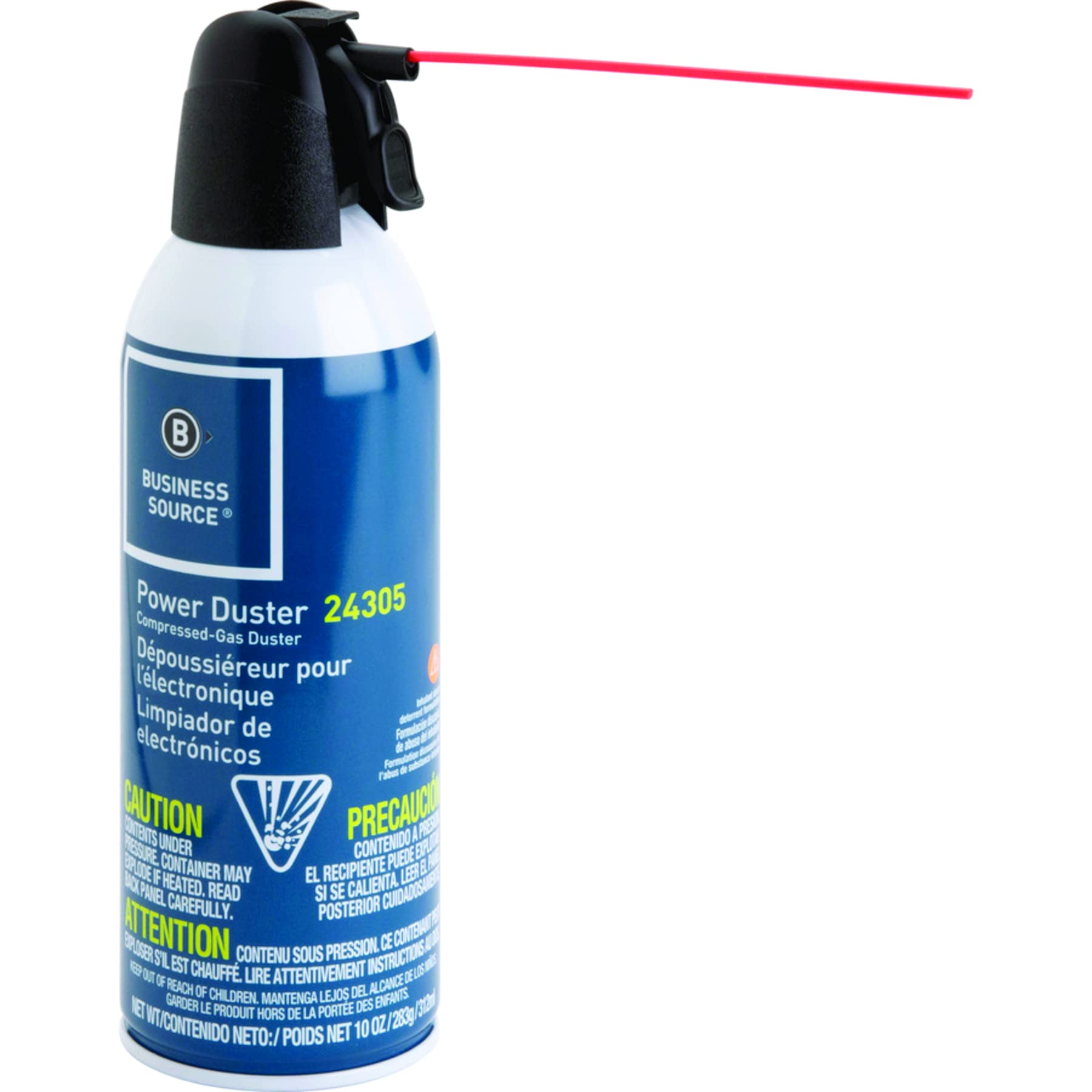
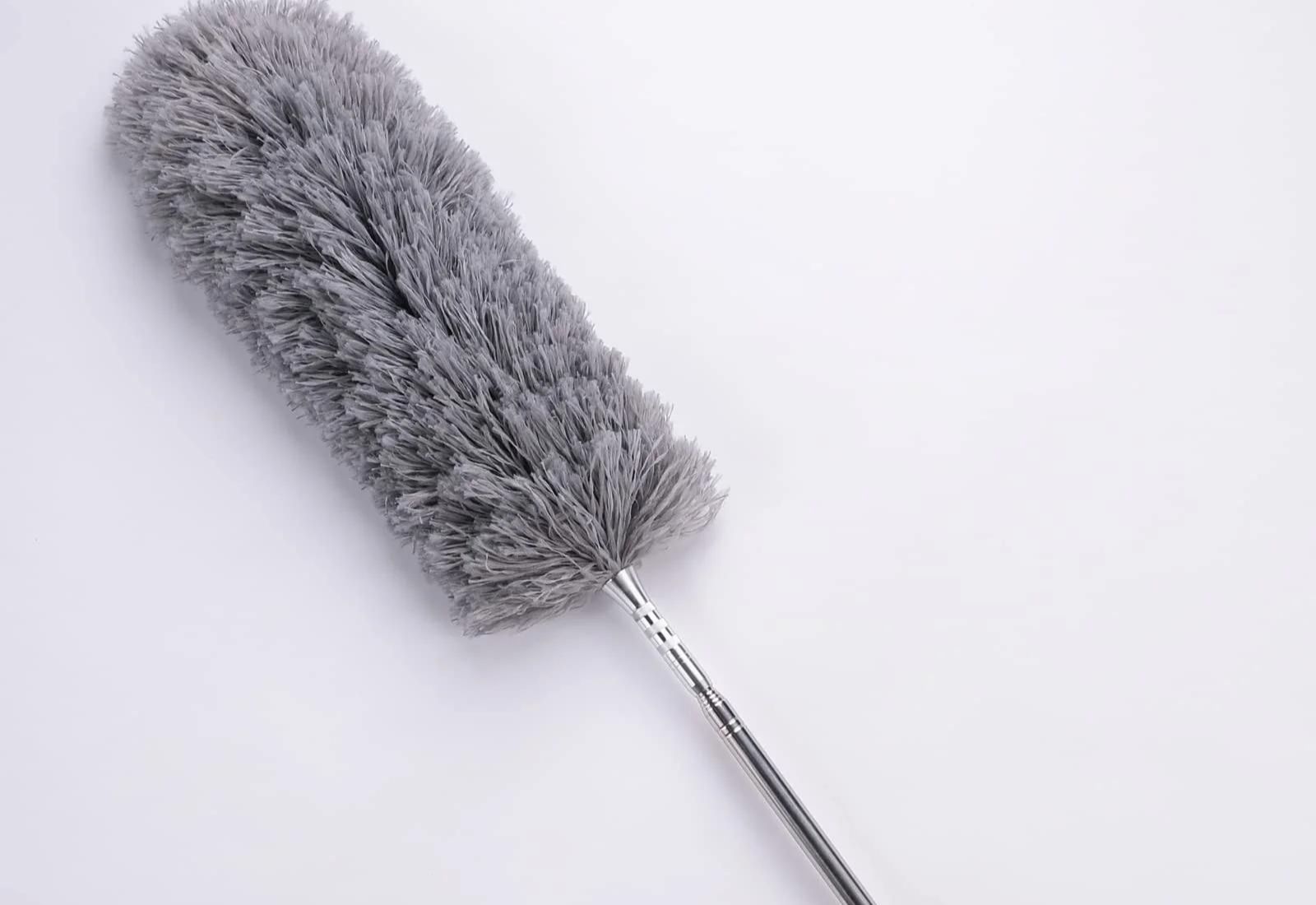
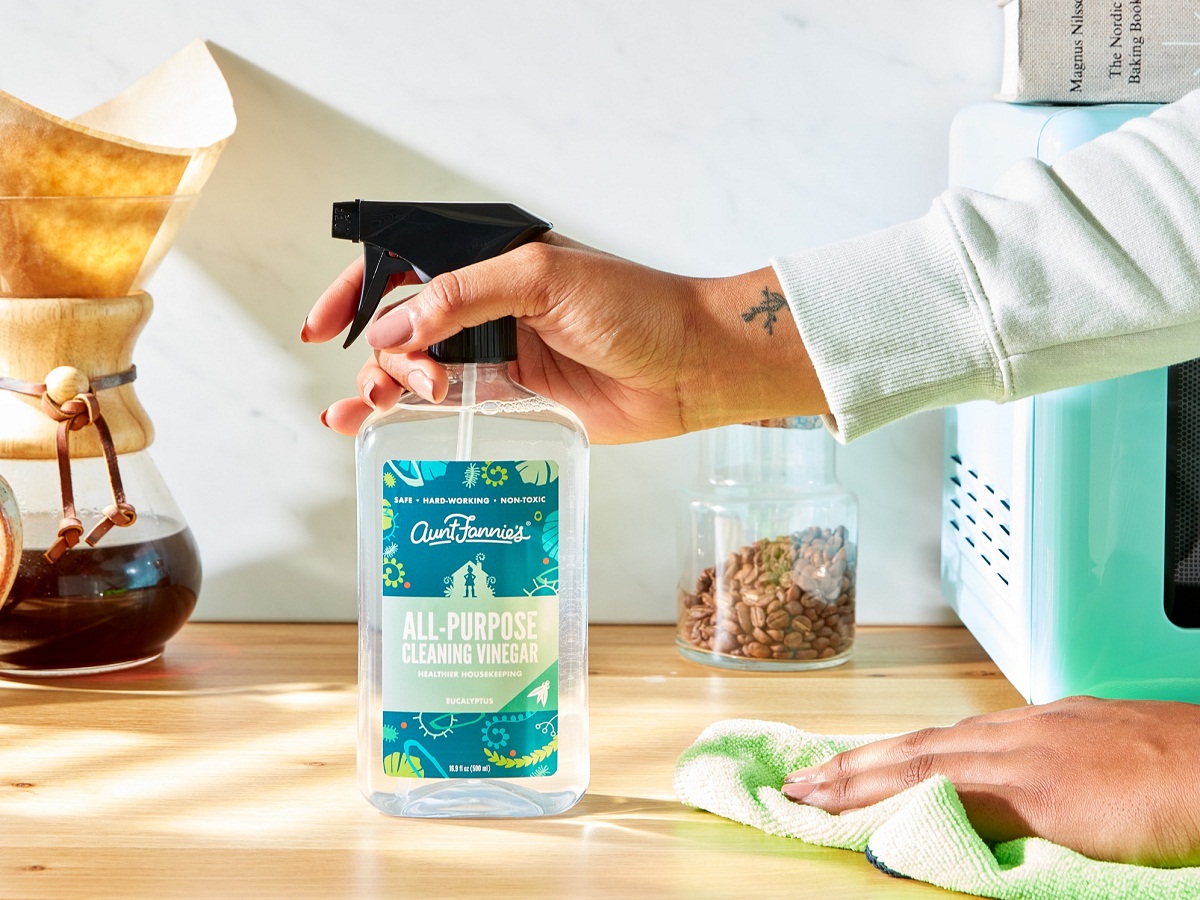
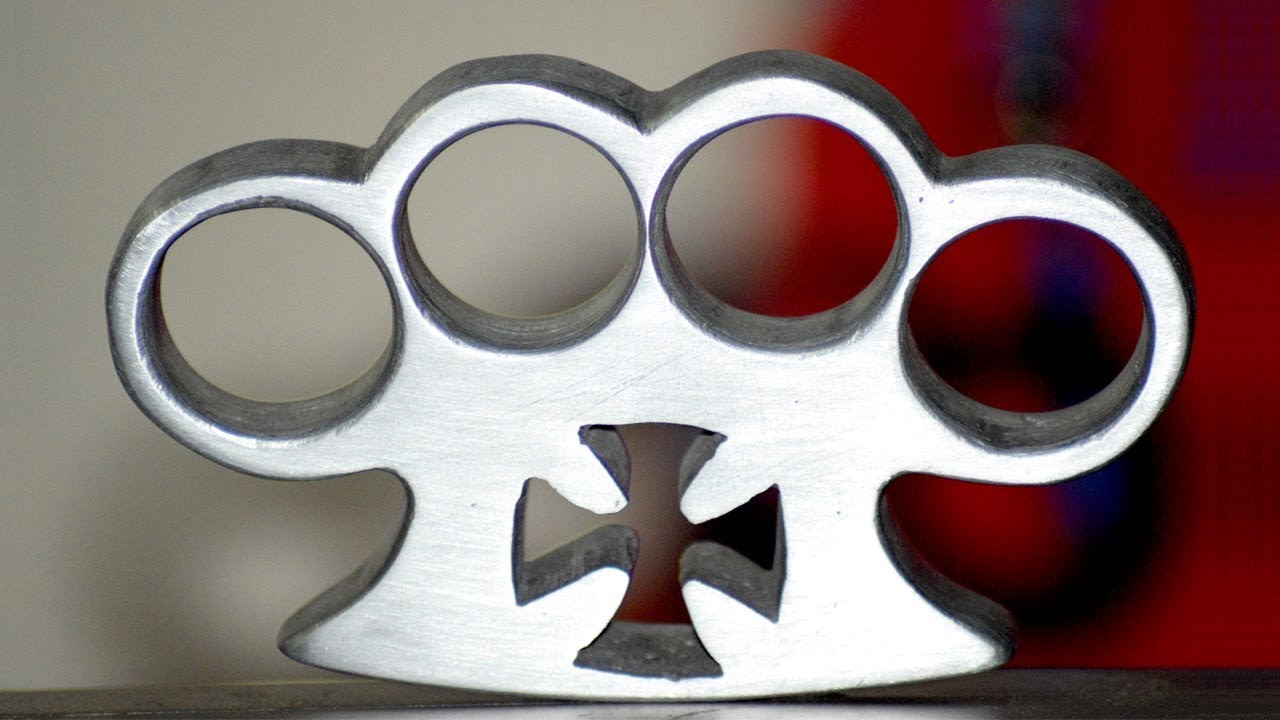


0 thoughts on “What Is The Best Duster For Cleaning”